-
 Bitcoin
Bitcoin $117800
0.05% -
 Ethereum
Ethereum $3542
-1.68% -
 XRP
XRP $3.435
-0.41% -
 Tether USDt
Tether USDt $1.000
-0.02% -
 BNB
BNB $729.1
-1.96% -
 Solana
Solana $176.7
-1.18% -
 USDC
USDC $0.9998
-0.04% -
 Dogecoin
Dogecoin $0.2404
0.34% -
 TRON
TRON $0.3191
-2.37% -
 Cardano
Cardano $0.8211
-1.29% -
 Hyperliquid
Hyperliquid $44.61
-0.16% -
 Stellar
Stellar $0.4655
-1.52% -
 Sui
Sui $3.773
-3.29% -
 Chainlink
Chainlink $18.02
-0.44% -
 Hedera
Hedera $0.2677
-0.17% -
 Bitcoin Cash
Bitcoin Cash $504.0
-2.79% -
 Avalanche
Avalanche $23.73
-1.25% -
 Shiba Inu
Shiba Inu $0.00001462
-2.09% -
 UNUS SED LEO
UNUS SED LEO $8.992
0.24% -
 Toncoin
Toncoin $3.161
-3.97% -
 Litecoin
Litecoin $101.4
-3.30% -
 Polkadot
Polkadot $4.231
-2.38% -
 Uniswap
Uniswap $9.994
-3.01% -
 Monero
Monero $326.8
0.04% -
 Ethena USDe
Ethena USDe $1.001
-0.04% -
 Bitget Token
Bitget Token $4.871
-1.71% -
 Pepe
Pepe $0.00001299
-3.36% -
 Dai
Dai $0.9999
0.00% -
 Aave
Aave $314.3
-2.82% -
 Cronos
Cronos $0.1209
-0.31%
Why Vol does not rise continuously with large volume? Is it a lure to buy more?
Large volume in crypto trading doesn't always increase volatility due to factors like market sentiment, liquidity, and institutional traders' strategies.
May 22, 2025 at 02:00 am
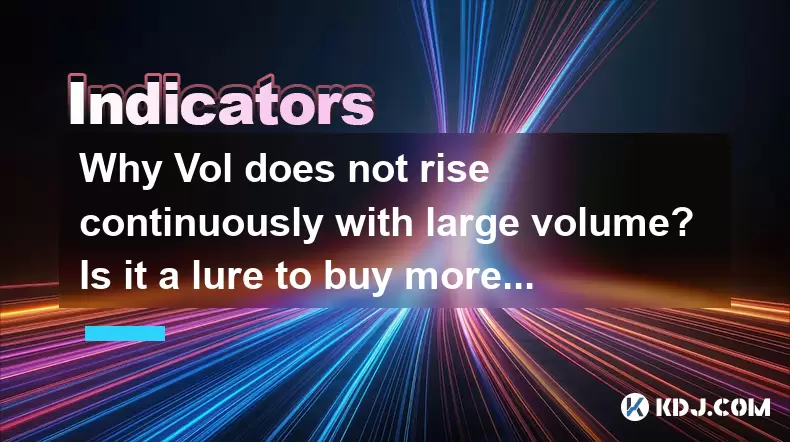
In the world of cryptocurrencies, understanding the relationship between volume and volatility (Vol) is crucial for traders and investors. Many wonder why Vol does not rise continuously with large volume and whether this phenomenon is a lure to buy more. Let's delve into the intricacies of this relationship and explore the underlying factors.
Understanding Volume and Volatility
Volume in the context of cryptocurrency trading refers to the total number of coins or tokens traded within a specific period. It is a key indicator of market activity and liquidity. On the other hand, volatility (Vol) measures the rate at which the price of a cryptocurrency increases or decreases for a set of returns. It is a statistical measure of the dispersion of returns and indicates the level of risk associated with the price movements of a cryptocurrency.
While it might seem intuitive that large volume should lead to increased volatility, this is not always the case. The relationship between volume and volatility is complex and influenced by various factors.
Factors Affecting the Volume-Volatility Relationship
Several factors can influence why Vol does not rise continuously with large volume. These include market sentiment, liquidity, and the presence of large institutional traders.
Market Sentiment: The overall sentiment of the market plays a significant role in the relationship between volume and volatility. If the market sentiment is bullish, large volumes can lead to increased volatility as more traders jump into the market, driving prices up rapidly. Conversely, if the sentiment is bearish, large volumes might not result in increased volatility as traders may be more cautious and less likely to engage in aggressive trading.
Liquidity: Liquidity refers to the ease with which a cryptocurrency can be bought or sold without affecting its price. In highly liquid markets, large volumes can be absorbed without causing significant price movements, thus not necessarily leading to increased volatility. In contrast, in less liquid markets, even moderate volumes can lead to substantial price swings and higher volatility.
Institutional Traders: The presence of large institutional traders can also impact the volume-volatility relationship. These traders often have the resources and strategies to manage large volumes without causing significant price movements. They might use sophisticated trading algorithms and hedging strategies to mitigate the impact of their trades on volatility.
Is It a Lure to Buy More?
The notion that the lack of continuous rise in Vol with large volume is a lure to buy more is a common concern among traders. However, this perception is often based on a misunderstanding of market dynamics and the strategies employed by different market participants.
Market Manipulation: While market manipulation can occur in any financial market, including cryptocurrencies, it is not the primary reason for the observed volume-volatility relationship. Market manipulation involves deliberate actions to influence prices, but the volume-volatility relationship is more influenced by the factors mentioned above.
Trading Strategies: Many traders and investors use the volume-volatility relationship to inform their trading strategies. For instance, some might see a lack of increased volatility with large volume as a sign of market stability and an opportunity to buy. Others might interpret it as a signal to be cautious and wait for more definitive price movements.
Psychological Factors: Psychological factors also play a role in how traders perceive and react to volume and volatility. The fear of missing out (FOMO) might drive some traders to buy more when they see large volumes, while others might be deterred by the lack of volatility and choose to stay on the sidelines.
Analyzing Volume and Volatility Data
To better understand the volume-volatility relationship, traders often analyze historical data and use various technical indicators. Here are some steps to analyze volume and volatility data:
- Collect Historical Data: Gather historical trading data for the cryptocurrency in question, including price, volume, and volatility metrics.
- Use Technical Indicators: Employ technical indicators such as the Average True Range (ATR) for volatility and the On-Balance Volume (OBV) for volume to analyze trends and patterns.
- Compare Volume and Volatility: Plot volume and volatility on the same chart to visually assess their relationship over time.
- Identify Key Events: Look for significant market events or news that might have influenced volume and volatility and assess their impact.
- Backtest Strategies: Use historical data to backtest trading strategies based on volume and volatility to see how they would have performed in the past.
Practical Examples of Volume and Volatility
To illustrate the volume-volatility relationship, let's consider a few practical examples from the cryptocurrency market.
Example 1: Bitcoin (BTC): During periods of high market activity, such as the bull run in late 2020 and early 2021, Bitcoin saw significant increases in both volume and volatility. However, there were also times when large volumes did not lead to increased volatility, such as during periods of consolidation when the market was digesting previous gains.
Example 2: Ethereum (ETH): Ethereum's volume and volatility have often been influenced by developments in the DeFi and NFT sectors. Large volumes during major announcements or upgrades, like the transition to Ethereum 2.0, did not always result in sustained increases in volatility, as the market absorbed these events over time.
Example 3: Altcoins: Smaller cryptocurrencies, or altcoins, often exhibit higher volatility compared to major cryptocurrencies like Bitcoin and Ethereum. However, even with large volumes, their volatility can be influenced by market sentiment and liquidity, leading to periods where volume and volatility do not move in tandem.
Conclusion and FAQs
Understanding the relationship between volume and volatility in the cryptocurrency market is essential for making informed trading decisions. While large volumes can sometimes lead to increased volatility, this is not always the case due to various influencing factors such as market sentiment, liquidity, and the presence of institutional traders. The notion that the lack of continuous rise in Vol with large volume is a lure to buy more is often a misconception based on incomplete understanding of market dynamics.
Frequently Asked Questions
Q1: Can volume alone predict future price movements?
A1: Volume alone cannot predict future price movements with certainty. It is one of many indicators that traders use to assess market activity and potential price trends. Combining volume analysis with other technical indicators and fundamental analysis can provide a more comprehensive view of potential price movements.
Q2: How can traders use the volume-volatility relationship to improve their strategies?
A2: Traders can use the volume-volatility relationship to identify potential entry and exit points, assess market strength, and gauge the impact of large trades on price movements. By understanding when volume and volatility are likely to move together or diverge, traders can refine their strategies to better navigate market conditions.
Q3: What are some common misconceptions about volume and volatility in cryptocurrency trading?
A3: Common misconceptions include the belief that high volume always leads to high volatility, that volume can predict price movements with high accuracy, and that the lack of increased volatility with large volume is always a manipulation tactic. Understanding the complexities of the volume-volatility relationship can help traders avoid these misconceptions and make more informed decisions.
Q4: How does the volume-volatility relationship differ between major cryptocurrencies and altcoins?
A4: Major cryptocurrencies like Bitcoin and Ethereum tend to have higher liquidity and more stable volume-volatility relationships compared to altcoins. Altcoins often exhibit higher volatility due to lower liquidity and smaller market caps, but their volume-volatility dynamics can be more erratic and influenced by specific market events or news related to their projects.
Disclaimer:info@kdj.com
The information provided is not trading advice. kdj.com does not assume any responsibility for any investments made based on the information provided in this article. Cryptocurrencies are highly volatile and it is highly recommended that you invest with caution after thorough research!
If you believe that the content used on this website infringes your copyright, please contact us immediately (info@kdj.com) and we will delete it promptly.
- American Eagle Palladium Coin Set for September 4 Release: What to Expect
- 2025-07-20 00:35:12
- FloppyPepe: Could This Meme Coin Be Your Ticket to Crypto Millionaire Status with a 15,800% ROI?
- 2025-07-20 00:50:12
- Ethereum's 2025 ATH: Could These 20x Tokens Be Your Golden Ticket?
- 2025-07-20 00:35:12
- Solana, Altcoin Bets, and the Next Big Thing: What's the Play?
- 2025-07-20 01:15:12
- BlockDAG's NO VESTING PASS: A 2025 Crypto Game Changer?
- 2025-07-20 01:15:12
- Crypto Millionaires: Riding the Bull Market Wave
- 2025-07-20 01:15:13
Related knowledge
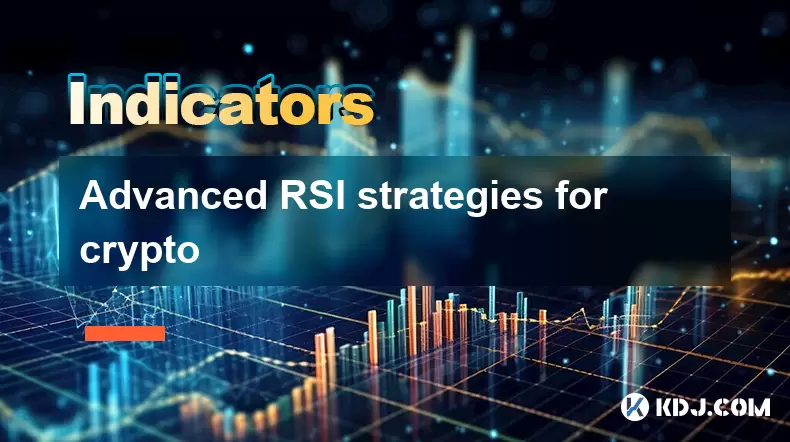
Advanced RSI strategies for crypto
Jul 13,2025 at 11:01am
Understanding the Basics of RSI in Cryptocurrency TradingThe Relative Strength Index (RSI) is a momentum oscillator used to measure the speed and chan...
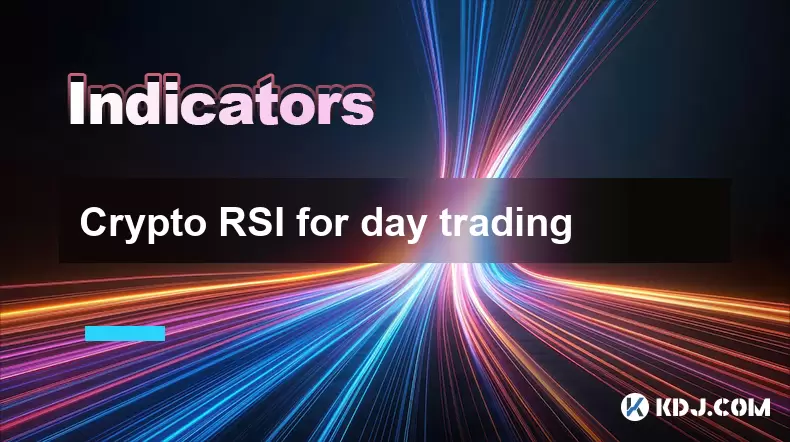
Crypto RSI for day trading
Jul 12,2025 at 11:14am
Understanding RSI in the Context of Cryptocurrency TradingThe Relative Strength Index (RSI) is a momentum oscillator used to measure the speed and cha...
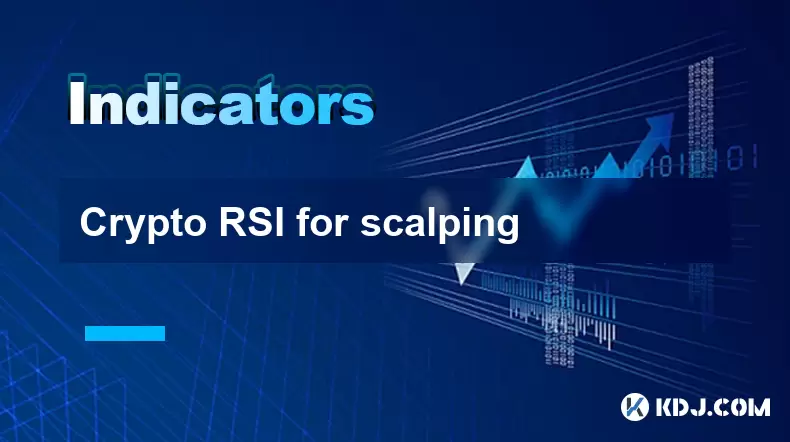
Crypto RSI for scalping
Jul 12,2025 at 11:00pm
Understanding RSI in the Context of Crypto TradingThe Relative Strength Index (RSI) is a momentum oscillator widely used by traders to measure the spe...
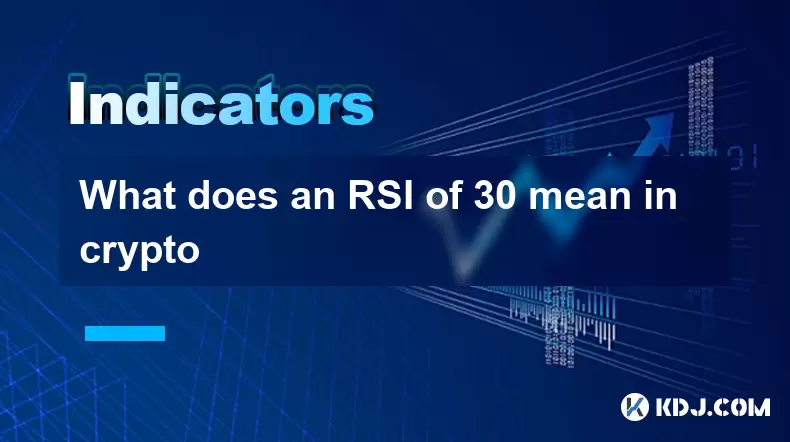
What does an RSI of 30 mean in crypto
Jul 15,2025 at 07:07pm
Understanding RSI in Cryptocurrency TradingRelative Strength Index (RSI) is a momentum oscillator widely used in cryptocurrency trading to measure the...
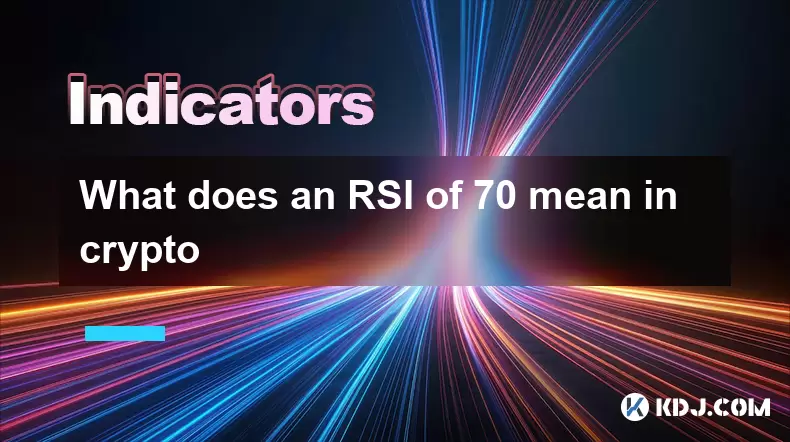
What does an RSI of 70 mean in crypto
Jul 13,2025 at 06:07pm
Understanding the RSI Indicator in Cryptocurrency TradingThe Relative Strength Index (RSI) is a widely used technical analysis tool that helps traders...
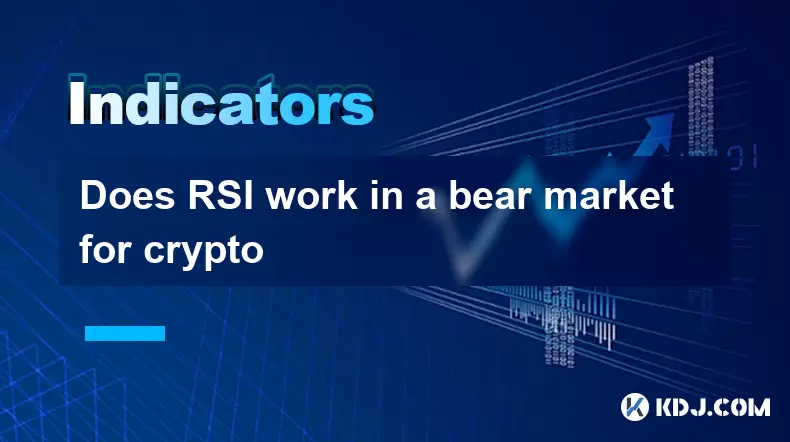
Does RSI work in a bear market for crypto
Jul 16,2025 at 01:36pm
Understanding RSI in Cryptocurrency TradingThe Relative Strength Index (RSI) is a momentum oscillator used by traders to measure the speed and change ...

Advanced RSI strategies for crypto
Jul 13,2025 at 11:01am
Understanding the Basics of RSI in Cryptocurrency TradingThe Relative Strength Index (RSI) is a momentum oscillator used to measure the speed and chan...

Crypto RSI for day trading
Jul 12,2025 at 11:14am
Understanding RSI in the Context of Cryptocurrency TradingThe Relative Strength Index (RSI) is a momentum oscillator used to measure the speed and cha...

Crypto RSI for scalping
Jul 12,2025 at 11:00pm
Understanding RSI in the Context of Crypto TradingThe Relative Strength Index (RSI) is a momentum oscillator widely used by traders to measure the spe...

What does an RSI of 30 mean in crypto
Jul 15,2025 at 07:07pm
Understanding RSI in Cryptocurrency TradingRelative Strength Index (RSI) is a momentum oscillator widely used in cryptocurrency trading to measure the...

What does an RSI of 70 mean in crypto
Jul 13,2025 at 06:07pm
Understanding the RSI Indicator in Cryptocurrency TradingThe Relative Strength Index (RSI) is a widely used technical analysis tool that helps traders...

Does RSI work in a bear market for crypto
Jul 16,2025 at 01:36pm
Understanding RSI in Cryptocurrency TradingThe Relative Strength Index (RSI) is a momentum oscillator used by traders to measure the speed and change ...
See all articles

























































































